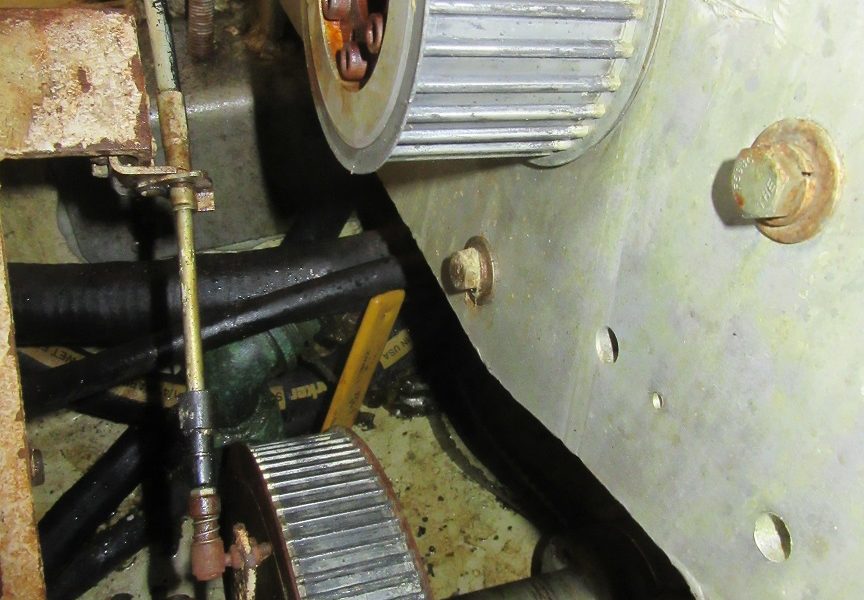The commercial fishing fleet in Southeast Alaska stands to benefit from emerging technologies that make hybrid, battery-electric and alternative fuel vessels more practical and affordable than ever before. A transition from diesel fuel to batteries is underway in ferries serving short transit routes, and hybrid propulsion systems have already been demonstrated in sport and commercial fishing vessels [1]–[3]. The commercial fishing fleet in Southeast Alaska poses unique challenges to alternative power systems due to the unpredictable nature of fishing and the extended trips that some fisheries require. Nonetheless, a battery-electric hybrid gillnet vessel is under development in Sitka, AK and more fishermen are considering similar investments [4].
This report focuses on battery-electric and hybrid propulsion systems in troll, gillnet and longline vessels. It aims to answer two critical questions for these systems:
- How much will equipment costs be for battery or hybrid systems in realistic scenarios?
- How much fuel can be saved by implementing one of these systems?
We address these questions by highlighting the critical equipment essential to alternative systems, documenting the range of costs incurred by recent projects or provided by manufacturers in budgeting quotes, and estimating the battery and fuel requirements in various example scenarios.
Full text: view pdf
[1] B. Gauvin, “Alabama River ferry reborn with electric propulsion – Professional Mariner – February 2020,” Professional Mariner, 2020. http://www.professionalmariner.com/February-2020/Alabama-River-ferry-reborn-with-electric-propulsion/ (accessed Sep. 10, 2020).
[2] “Hybrid SPORTSMAN 38 HUCKINS YACHT CORPORATION,” 2020. Accessed: Sep. 10, 2020. [Online]. Available: huckinsyacht.com/img/Huckins-Sportsman-38-Brochure.pdf.
[3] K. Aarsaether, “Energy Savings in Coastal Fisheries,” IEEE Electrification Magazine, no. September, pp. 74–79, 2017.
[4] F. Grutter, “Personal Communication,” 2020.

